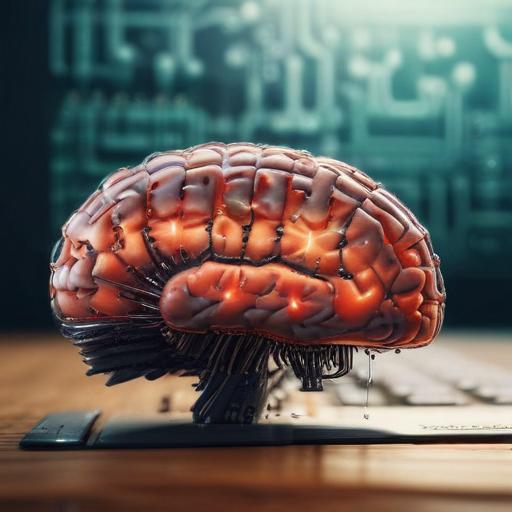In 2017, groundbreaking advancements in artificial intelligence occurred when Google researchers introduced a novel neural network named the transformer. Shortly after, OpenAI engineer Alec Radford began utilizing this architecture to train a model on a diverse dataset of seven thousand unpublished English-language books spanning various genres, including romance and speculative fiction. This approach enabled the network to predict subsequent words in a sentence rather than merely translating text, leading to astonishing results where the machine exhibited a form of autonomous writing through learned patterns.
Radford’s work was instrumental in laying the foundation for ChatGPT, which debuted in 2022. The text generation capabilities of AI continue to evoke intrigue, as users experience a sense of interaction with a model that draws upon humanity’s collective knowledge. For instance, during email composition, when users notice AI suggestions that reflect common human sentiments, they become acutely aware of the interplay between their thoughts and the collective imagination reflected in AI outputs.
OpenAI’s origins as a nonprofit initiative in 2015, backed initially by figures like Elon Musk and led by Sam Altman, played a crucial role in fostering innovation and addressing the potential risks associated with artificial general intelligence (AGI). The organization shifted its focus from diverse projects, such as teaching a robotic system to backflip, towards the development of robust language models. Recognizing the limitations of their original framework, OpenAI decided to prioritize the accumulation of extensive training data, which would substantially increase the computing power required, ultimately straining their nonprofit model. However, this pivot proved successful, resulting in the release of the influential GPT-2 in 2019 and subsequently, ChatGPT.
Karen Hao’s book “Empire of AI: Dreams and Nightmares in Sam Altman’s OpenAI” analyzes the ripple effects of these transformational breakthroughs across competitors, such as Google, Meta, and Anthropic. Hao argues that OpenAI’s thirst for rapid scaling set a new industry standard, leading to a competitive race in AI model development. She articulates that OpenAI’s success was not merely a stroke of luck but a result of intentional choices made by its leadership, sparking a significant shift toward larger, more powerful AI systems.
Moreover, the original notion of “artificial intelligence,” coined in 1955, has led to much debate around its implications, especially as technological advancements coincide with public discourse. With Altman emerging as a prominent leader in this intersection of ethics and technology, questions about trust have begun to surface around his role in guiding society through the complexities of AGI development. Altman, whose background is as compelling as his career trajectory—marked by early advocacy for LGBTQ+ rights and a savvy business acumen—remains a critical figure as the industry grapples with the challenges and promises of AI.
The developments in AI, particularly through the works of OpenAI and its significant breakthroughs, highlight both the potential for innovation and the responsibility that comes with such power. As society continues to engage with these technologies, a narrative of optimism persists—one that envisions a future where AI can enhance creative expression and facilitate deeper understanding among individuals.
